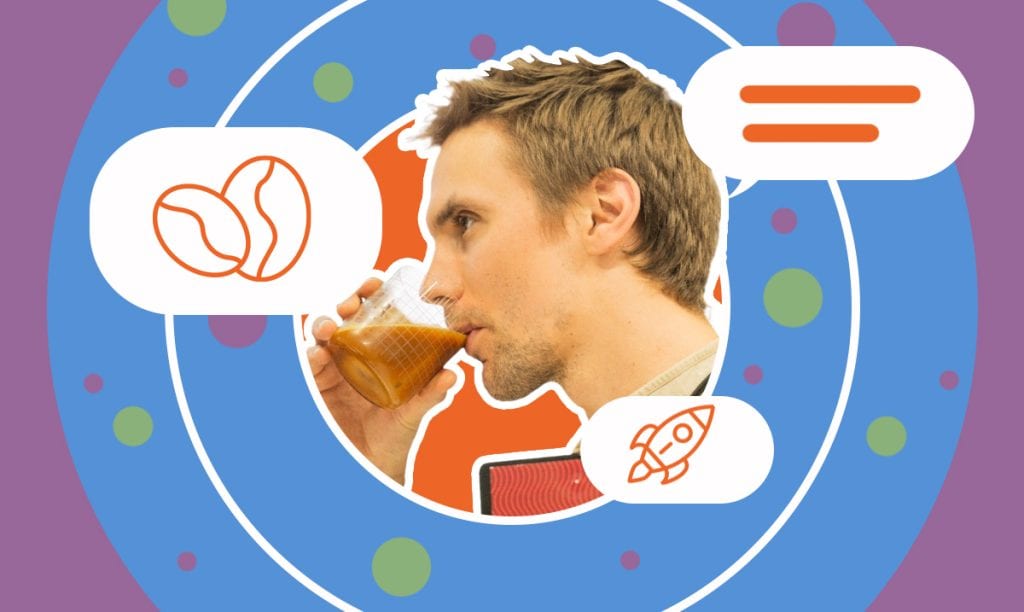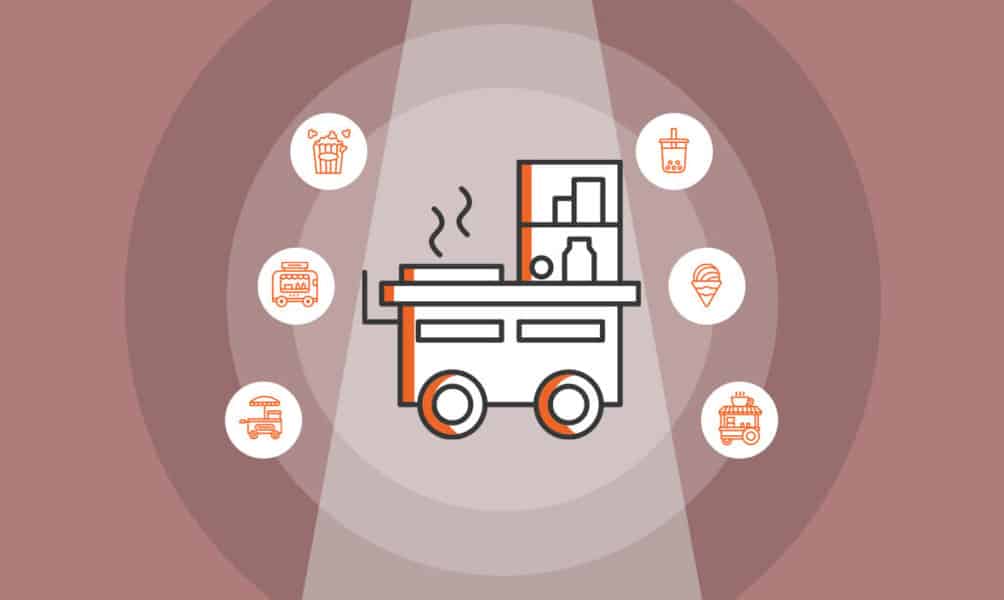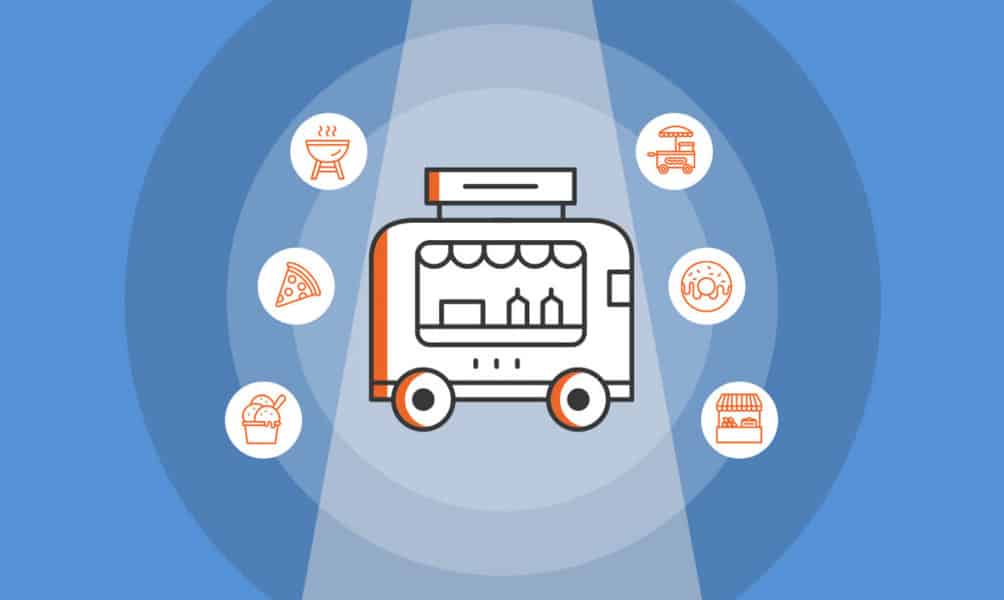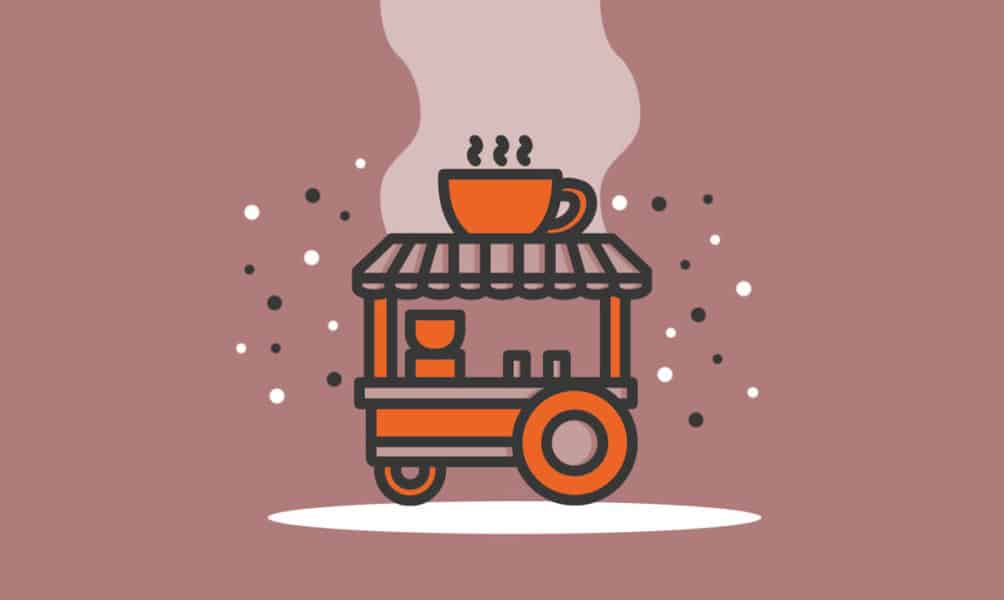Hot dogs, pizza, snow cones and bubble tea are among Americans’ favorite street foods, which are quicker and more affordable than restaurantfo ...
How Kalve Makes High-End Coffee Accessible for Everyone
Written by: Esther Strauss
Esther is a business strategist with over 20 years of experience as an entrepreneur, executive, educator, and management advisor.
Published on April 3, 2025

In this interview, we sit down with Raimonds Selga, co-founder and board member of Kalve Coffee, a fast-growing specialty coffee brand based in Latvia. From launching small-batch roasts to executing a successful IPO, Raimonds shares the journey behind building a brand grounded in quality, sustainability, and innovation. His insights offer valuable lessons for entrepreneurs navigating product excellence, funding strategies, and international growth.
Values First
SBS – You mentioned that you started with your values before you even settled on the name or product. How did defining your core values first shape your overall business strategy and day-to-day decision-making?
Raimonds – That’s exactly right, and we have stayed true to our values to this day. They have helped guide us in all the decision-making processes and grow in a sustainable way. Any time we are at a crossroads, we ask ourselves which is the more sustainable and value-driven way to move forward.
Market Accessibility
SBS – You set out to solve the issue of accessibility in the specialty coffee market. What were the initial hurdles in making specialty coffee accessible to a broader audience, and how did you overcome them?
Raimonds – When we started, the customer was limited to two options: commercial-grade coffee or really inaccessible specialty coffee. We understood that we had to be the bridge between these two market segments and offer a wider range of options, starting from an entry-level specialty coffee blend all the way to high-scoring complex coffees. That actually made all the hurdles very manageable, but of course, it made some tremors within the existing specialty players since we were reaching an audience that they failed to.
Brand Positioning
SBS – Rather than targeting a narrow niche, you wanted to be open and transparent to all coffee drinkers. What branding or messaging strategies helped you convey that inclusivity effectively?
Raimonds – One of our messages was as follows — the best coffee is the one that you enjoy, and we want to be here to support you in this journey and offer a product that you want to enjoy, with the added value of transparency and sustainability. We never liked the idea of “educating” our customers; rather, we wanted to stay open to different opinions and preferences while staying true to our experience and professionalism.
B2B vs. B2C
SBS – You offer coffee solutions to both home consumers and businesses. How do you balance the distinct needs and demands of these two segments without compromising quality or service?
Raimonds – We have separate teams that work in both these segments. Our B2C is covered by our own coffee shops and e-commerce, led by the B2C team. Of course, the B2C market is somewhat different than the B2B one, so here we can really focus on our own brand and drive the market. In the B2B team, we strive to provide the best price/performance ratio with the highest added value, so we work a lot on product segmentation and proceed with a customized and tailored offer for each B2B customer.
Equipment & Services
SBS – Providing equipment for home and business use is a significant undertaking. What have been some of the key considerations in sourcing or developing equipment solutions that align with your brand values?
Raimonds – Both my partner Gatis Zēmanis and I have a decent amount of experience working with different equipment solutions from our past and current endeavours, and our idea is to create and maintain a portfolio that can fit all the solutions. After testing and communicating with different producers, we landed on a range that matches ours and the needs of our customers — in OCS, self-service, and HoReCa segments. Here’s one lesson we learnt rather quickly: If we wish to provide an experience that matches our values, we have to work with machines produced in Europe. Keeping all of this into consideration, we land with an offer that aligns with one of our most important values — accessibility and availability.
Customer Experience
SBS – Coffee can be highly personal — tastes vary widely. How do you build a product portfolio that appeals to different palates while also maintaining a consistent brand identity?
Raimonds – Something that we started doing quite early was to broadly categorise our coffees. We have four categories: Full and Creamy, Sweet and Fruity, Light and Juicy, and Truly Unique. For the first three categories, we have all-year-round espresso blends that match the said flavour. Since most people in Latvia start their coffee journeys with espresso roasts, this builds a foundation for their further choices, and when they decide to move into filter coffee, they can follow the same category to ease into other coffees because they can count on the base tastes to have a similar profile.
Sustainability Initiatives
SBS – Sustainable practices can sometimes increase costs in the short term. How do you balance your commitment to sustainability with the financial realities of running a growing business?
Raimonds – We believe that the best sustainability practices actually aren’t expensive. If we look at sustainability in its true form, it has little to do with cost. Sure, if you look at the choice of packaging, for example, fully recyclable coffee bags are more expensive than non-recyclable ones, but the difference is not that big to make or break the purchasing decision. As for things like social sustainability, there is a direct cost to things like health insurance for the staff, benefits, and even some certifications, but it is quickly outweighed by the benefit of having a consistent team with very little staff rotation.
Scaling Up
SBS – As demand grows, many businesses face challenges in maintaining quality and culture. What measures have you implemented to ensure that your core values remain intact during periods of rapid expansion
Raimonds – It starts from the beginning with value-based onboarding and then continues as a part of all the processes that the team goes through. I think if your values are something that is embodied in all of the processes and decisions, it is not that difficult, as long as we are speaking the same “language” when it comes to core values and we can truly demonstrate them in actions as well, that creates an environment that keeps them intact.
Brand Legacy
SBS – You mentioned aiming to create a legacy. What does “legacy” mean for Kalve Coffee Roasters, and how do you see your company impacting future generations?
Raimonds – When my partner Gatis and I started the company, we were both young parents. As cliche as that sounds, we really wanted to create something that brings value to all the stakeholders. Sure, this is a business, but it is a business for good. We are here for the long run, and hopefully, by being a business that is beneficial to everyone involved, we can inspire both individuals and companies to do the same. We want to make something grand and important for our country so that 30 years from now ,people would still enjoy KALVE the way that it is today.
Marketing Approach
SBS – You chose to forego the conventional route of defining a narrow target audience. How have you adapted your marketing tactics for social media, events, or partnerships to reach a broader demographic?
Raimonds – If you drink coffee, you are our target audience. Everything we do supports that — our range of coffees, our communication, our clients and key account customers — everyone we involve ourselves with is proof of that. We can provide excellent specialty coffee to a gas station chain as well as a high-end restaurant. The demographics in both these markets are quite different, but the product is the same.
Quality Control
SBS – Maintaining high quality in specialty coffee is critical. Could you talk about how you track and measure quality — both in terms of product and service?
Raimonds – This was one of the first challenges we were told of when we started — you are a small roaster, and your quality will probably lack consistency, as it is true for many specialty coffee roasting companies. No one says that about larger commercial roasteries because they have great QC. So, we took the best examples from both industries and created a QC protocol in the roastery that allows us to maintain consistency: weight measurement, color tracking, and freezing samples for long-term tastings are just a few examples of our extensive protocol. As for service, our management structure in the coffee shops allows us to work very closely with all of our staff, so consistent training and supervision help drive that.
Partnerships & Collaborations
SBS – Have collaborations with other brands, cafés, or even local communities played a role in your growth? What makes a successful partnership for Kalve Coffee?
Raimonds – We have some great partners, like the National Art Museum of Latvia, that we work together with consistently to create collaborations. We also work closely with artists, musicians, and different initiatives that share our core values. Besides that, every one of our B2B and both B2C customers is a partnership of sorts because if we do everything correctly from our side, they become an ambassador for us.
Subscribe to Our Newsletter
and gain insider access to cutting-edge business insights and trends.
Featured Resources

16 Street Food Business Ideas for Food Lovers
Published on July 28, 2022
Read Now

16 Food Truck Business Ideas and Themes
Published on June 8, 2022
Food trucks have exploded in popularity in recent years and offer a unique, potentially lucrative alternative to brick-and-mortar restaurants. Foodt ...
Read Now

How to Start a Coffee Cart Business in 13 Steps
Published on May 24, 2022
Here are the key factors to keep in mind when launching your coffee cartbusiness: Location — Choose a location with a lot of foot trafficsuch ...
Read Now
Comments